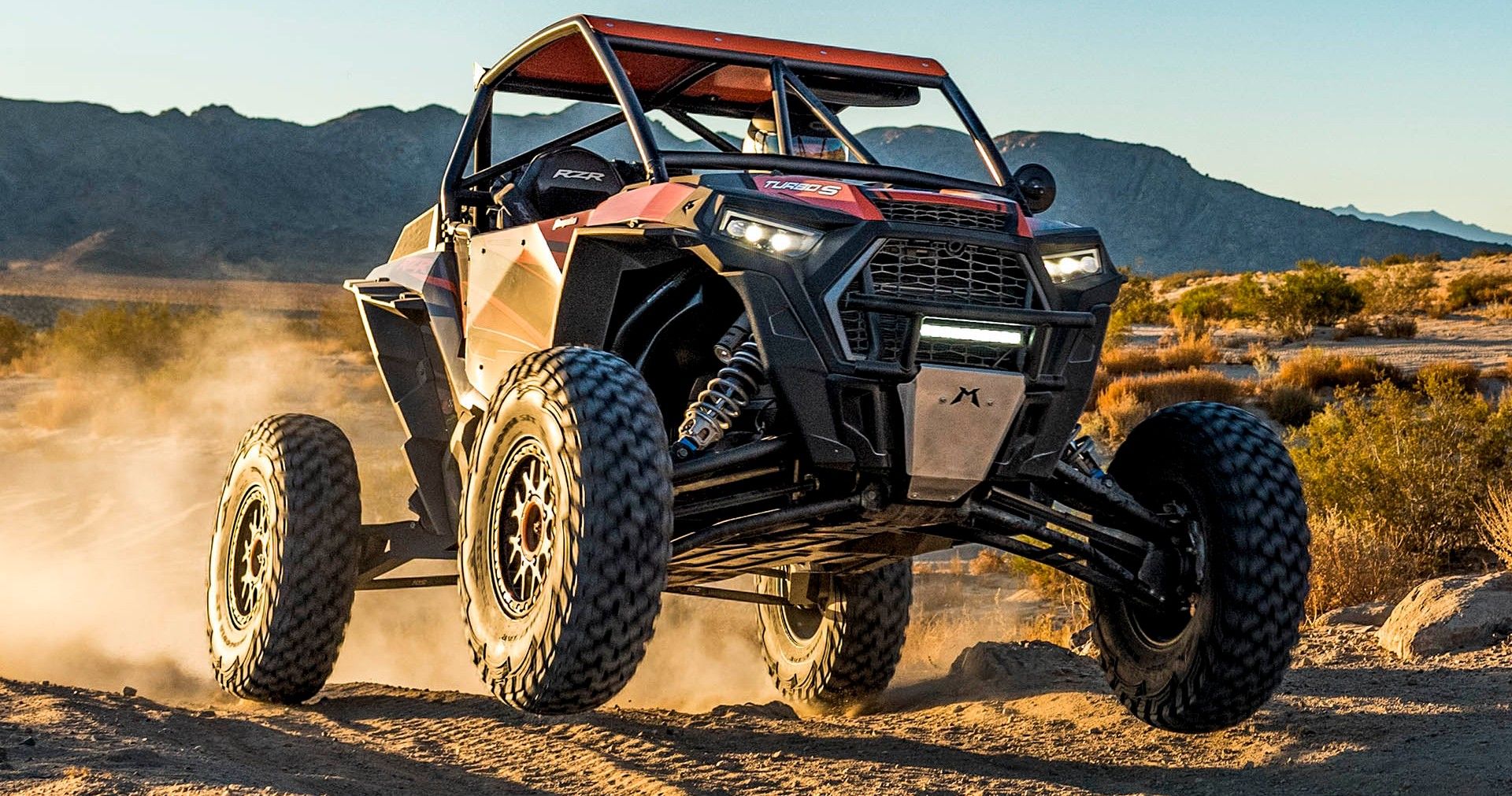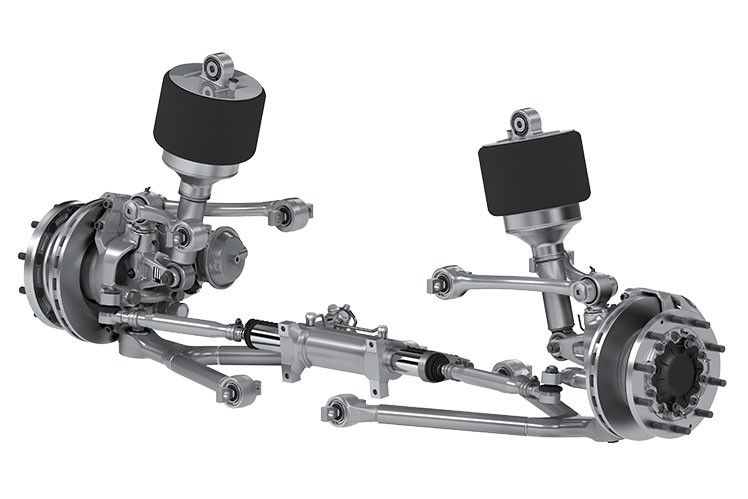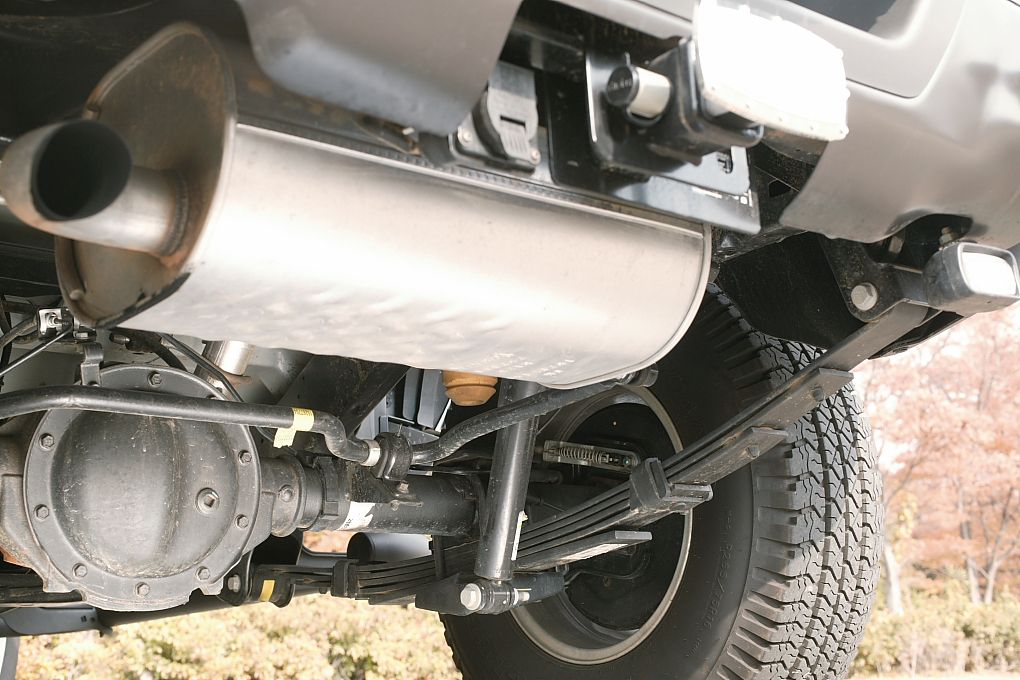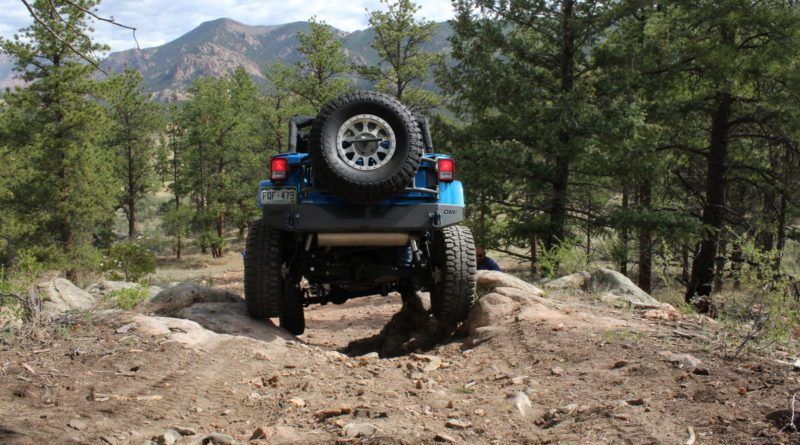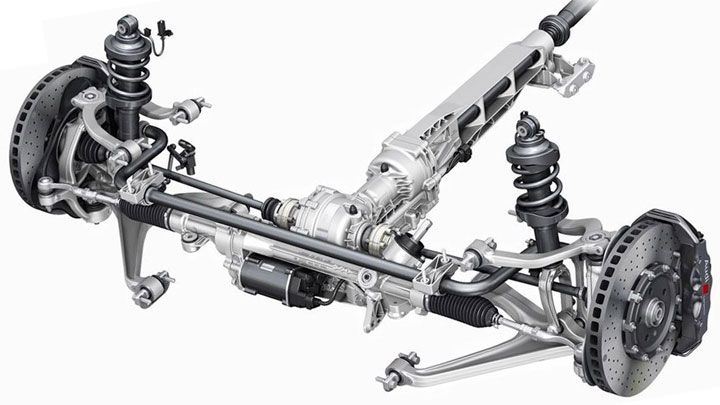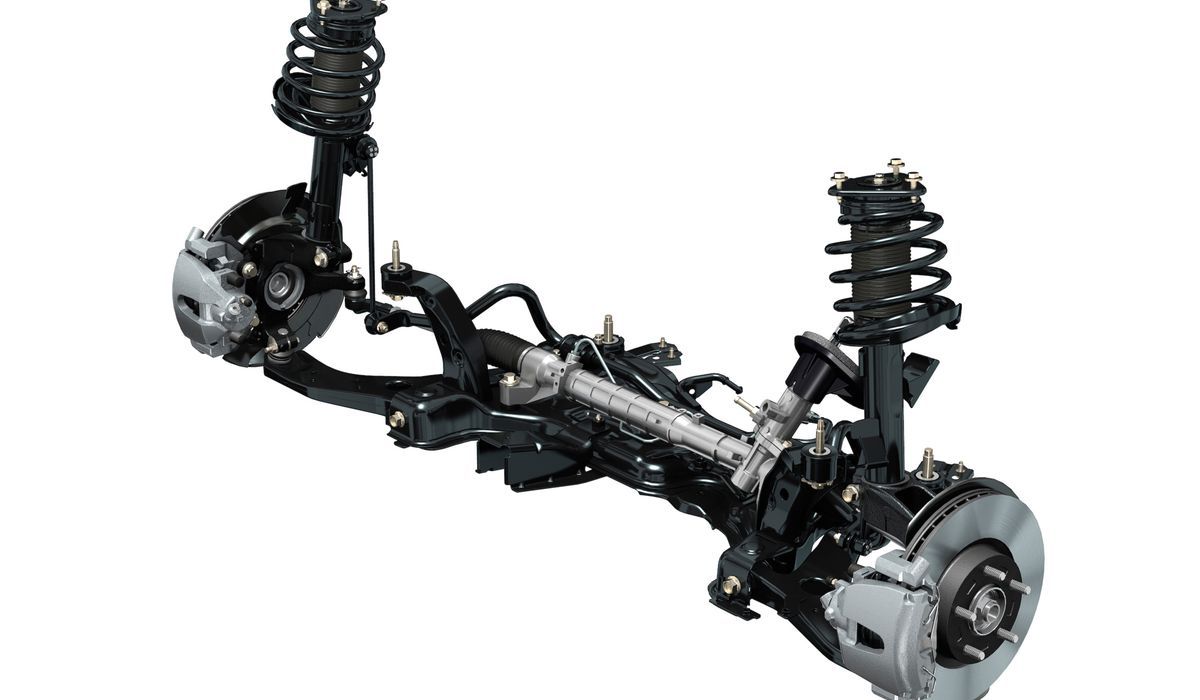Automobiles have various applications and most of these are achieved with a standard template; a shell, an engine, a gearbox, a couple of tires, and suspension. The suspension is an integral part of a vehicle that is not something to be considered lightly. The whole vehicle is supported by the tires with the help of the suspension. Aside from that, the suspension plays an important role when it comes to developing sports cars.
To shed more light on the discussion, a suspension is responsible for a vehicles’ characteristics which includes handling and ride quality. Fundamentally, a suspension system includes shock absorbers, springs, and linkages that connect the shell of the car to the wheels. While there are different forms of a car suspension, we’ll be focusing on one in particular, an Independent suspension.
Independent suspension as the name suggests allows each wheel to move independently of one another when subjected to an external load, i.e. a pothole or a bump. Read on to know more about independent suspensions and see if it’s better than its alternatives.
These Are The Three Types Of Suspension
As mentioned, a car suspension is an integral part when it comes to the vehicle’s construction. Fundamentally, a suspension system can be classified into three; dependent suspension, independent suspension, and semi-independent suspension.
An independent suspension (pictured above) allows for independent wheel movement regardless of which wheel gets subjected to a load. Each wheel of an independent suspension system has a different reaction to road conditions, meaning that a bump on one side will not cause a reaction on the other. There are different types of independent systems available which we’ll be discussing later in the article.
A dependent suspension (pictured below) has a solid rear axle (a beam) that runs across the width of the vehicle. It ensures the wheels stay parallel to each other whilst being perpendicular to the axle itself. In essence, both the left and right side wheels are connected to each other and work as a team. When one wheel is subjected to a load say a bump or an undulation, the opposite wheel also experiences a change in alignment due to their dependent nature. From a dynamic standpoint, if one side of the car bends to a given direction the other side will follow along because of the dependency. Leaf springs are an example for dependent suspension which are employed in vehicles that demand a lot of load-carrying abilities.
A semi-independent suspension is more like an independent system but one wheel’s position will have an effect on the other thanks to the flexibility of the suspension parts when under load. These suspension systems are mostly obsolete and you rarely find them these days. A de Dion tube is an example of a semi-independent suspension that is used in the Smart Fortwo and Smart Roadster.
Is Independent Suspension better
In general use, it’s safe to say that independent suspension is the better option. However, the sort of suspension required in a vehicle depends on its intended purpose. For instance, a truck calls for load intensive activities that require stable camber settings between wheels. Employing an independent setup in such a scenario wouldn’t be ideal because of their inherent nature and adopting a dependent or semi-independent unit makes more sense because it assures constant camber.
On the contrary, sports cars intended for dynamic and spirited driving would always prefer an independent system. If it had a dependent suspension, under intense cornering, the inside wheel would assert a significant pull on the outside wheel disrupting the overall balance. The widespread adoption of independent suspension is mainly due to the driving quality it offers. Independent systems are much more comfortable and cost-effective in certain instances as opposed to their alternatives.
Types Of Independent Suspension
Double wishbones suspension (pictured above) uses two wishbone-shaped arms that nestle the shock and spring in between them. Each wishbone or arm has two mounting points to the chassis and one joint at the knuckle. Double wishbones offer more control over suspension travel and other variables like camber angle, caster angle, toe pattern, and many more. The multi-link suspension employs three or more lateral arms and one or more longitudinal arms. In other words, independent suspensions having three control links can be defined as multi-link suspension. Both of these suspension systems are commonly seen across expensive sports cars.
MacPherson strut suspension (pictured above) is a simple independent suspension design used by most mainstream car manufacturers. It is fairly inexpensive and less complicated wherein a strut-type spring works in conjunction with a shock absorber that pivots on a single ball joint.
Transverse leaf springs were common from the 1960s till the early 1990s wherein a leaf spring was centrally mounted across the right and left wheels for independent wheel movement. A lot of the early Triumphs including the GT6 and the Spitfire employed a transverse leaf spring setup.
Sources: Wikipedia, CarThrottle

